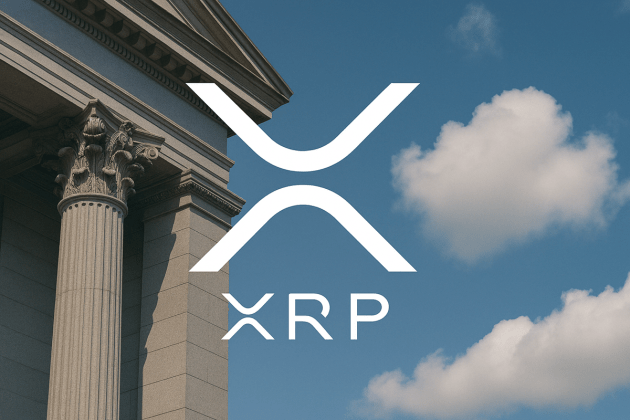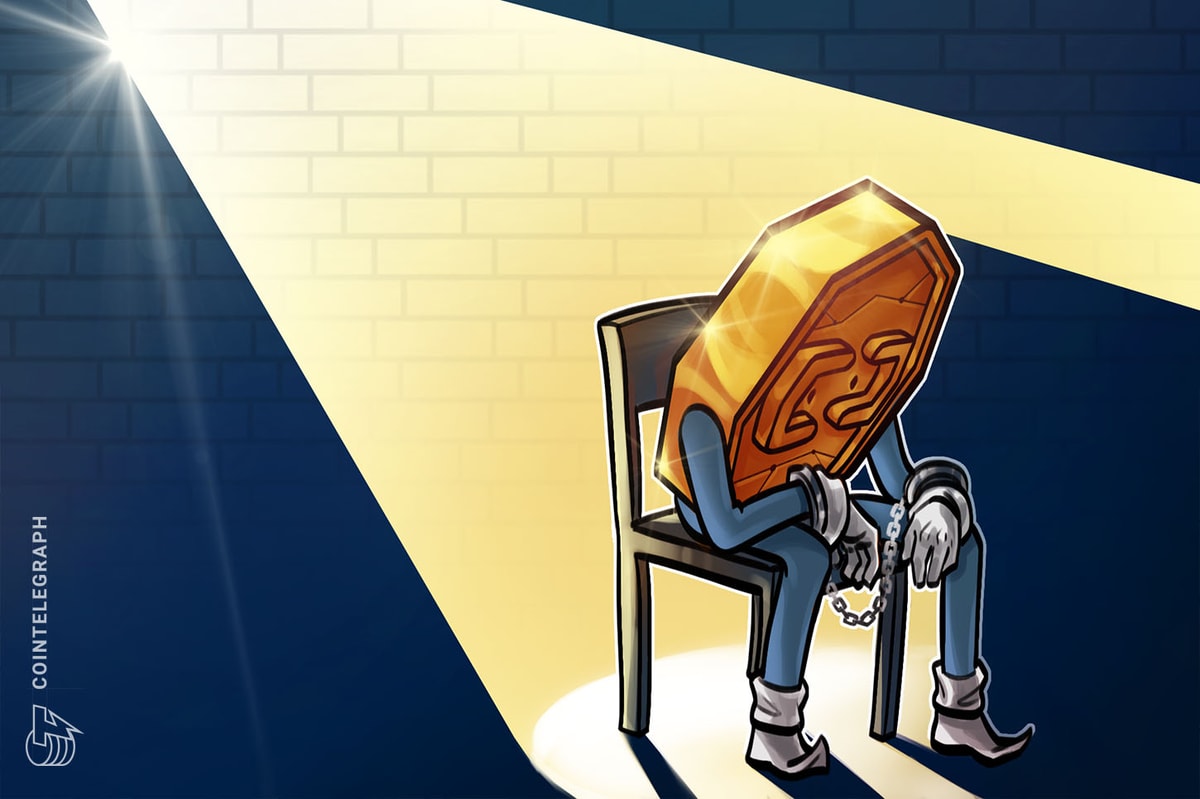Leading Bitcoin (BTC) mining players have highlighted the need for efficiency to remain profitable and operational after the halving in 2024.
Cointelegraph contacted several mining firms to unpack the expected effects of the Bitcoin halving on the industry and the implications for small and large-scale miners.
Bitcoin’s protocol is hardwired to reduce the amount of BTC awarded to a miner for adding a block to the ongoing chain. Mining reward halvings occur every 210,000 blocks, and with a block added to the blockchain every 10 minutes, halvings come around every four years.
Related: Bitcoin hash rate hits new peak, but profitability tumbles
The next halving, the fourth such event, will cut the Bitcoin mining reward from 6.25 BTC to 3.125 BTC. The previous halvings took place in 2012, 2016 and 2020.

Reducing mining rewards is a pertinent consideration for miners, given its implications on profitability and returns on investment on hardware and overhead running costs.
Bitcoin mining efficiency in focus
The efficiency of Bitcoin mining operations is set to play a vital role during the halving. Hut8 CEO Jaime Leverton told Cointelegraph that the event will force miners to drive efficiencies in their operations to continue mining.
Hut8 is actively rolling out purpose-built software to increase the efficiency of its Canadian mining sites. Leverton added that the firm hopes to complete its previously announced bid to purchase four power plants in Ontario to power its operations.
The capacity totals 310 megawatts (MWs), including its former 40-MW North Bay mining site, which it had to vacate due to a protracted legal dispute with Validus Power. Hut8 intends to purchase the aforementioned power plants from the company after it entered into receivership in September 2023.
“We have long been bullish on self-mining and the price of Bitcoin going up and to the right over time, and we believe the best-prepared miners will be positioned to capture upside following the halving,” Leverton explained.
“That’s why we were strategic in expanding our mining operations inorganically this year and were able to increase our capacity through our merger.”
Hut8 completed a high-profile merger with United States mining firm USBTC in November 2023, increasing its hash rate from 2.6 exahashes per second (EH/s) to 7.3 EH/s.
Related: Marathon gears up for Bitcoin halving, buys two mining sites for $179M
Taras Kulyk, founder and CEO of Bitcoin mining infrastructure provider SunnySide Digital, gave a straightforward take, highlighting the direct correlation between the 50% reduction of block rewards and BTC price and fees:
“If that’s not met by increased Bitcoin prices or increased transaction fees, lower-efficiency miners will need to shut down.”
Kulyk added that the existing network of miners will continue securing the Bitcoin blockchain as long as the economic incentives pay them for their risk to do so.
“The halving is baked into most of the larger miners. They’ve been expecting and pricing the halving into their projections for years now,” Kulyk said.
Luxor head of research Colin Harper, talking to Cointelegraph, also highlighted the importance of efficiency and the likelihood of smaller miners having to power down their machines:
“Assuming Bitcoin’s price doesn’t rip — take off — and hash price, a measure of mining profitability, along with it, miners with higher cost power and less efficient mining rigs will drop off the network.”
Harper added that smaller miners may suffer a drop in profitability in 2024, given the reduced BTC reward. This leads to a unanimous point raised by multiple commentators: the need for a Bitcoin price surge to drive profitability during and after the halving.
Bitcoin’s price is a crucial factor
Core Scientific CEO Adam Sullivan tells Cointelegraph that the halving’s effect will be entirely dependent on the price of Bitcoin and will directly influence how many miners remain operational:
“The lower the Bitcoin price is, the more machines will come off the network, and the difficulty will adjust lower.”
For Core Scientific, this resulted in a focus on keeping machines online to maximize the profitability of its mining fleet. On a more technical note, Sullivan said that miner success will be determined by their ability to manage the tradeoff between total terahash exposure and hardware efficiency compared to the market.
While some miners may be forced to shut down their operations, Sullivan believes that the nature of Bitcoin’s protocol will always allow for the continued survival of mining:
“The Bitcoin network is self-healing and long term will always incentivize mining to occur.”
He added that the network will adjust as certain miners exit the industry or turn equipment off, freeing up a greater percentage of the block to reward participants who continue mining.
Leverton echoed these sentiments, noting that bigger miners will continue to expand their operations, maintain the network, and capture the potential upside if Bitcoin’s price appreciates exponentially in the weeks and months following the halving.
Harper also believes that the mining ecosystem won’t suffer a significant shock following the halving and that protocol design will always encourage miner participation:
“There will always be miners with cheaper electricity than others, so as long as Bitcoin has value, someone will be mining.”
He also highlighted the fundamental purpose of the mining difficulty adjustment mechanism as a balancing force to maintain miner incentivization.
“This is why the difficulty adjustment exists; if Bitcoin becomes unprofitable to mine for most miners, then they will turn off their rigs, hash rate will drop, the difficulty will follow suit, and then it becomes more profitable to mine for the miners who are left,” Harper explained.
Kulyk offered a more optimistic take, highlighting the advent of Bitcoin Ordinals in 2023 and their influence on transaction fees and developer activity. Coupled with the increased scarcity of new Bitcoin, 2024 could see Bitcoin mining continue to be a profitable and sustainable economic activity.
Forget about a Bitcoin death spiral
Previous halving cycles have also seen headlines touting the potential of a so-called Bitcoin death spiral. This hypothetical scenario involves a drastic drop in profitability and subsequent hash rate reduction as miners are forced to leave the network.
Given that Bitcoin mining difficulty takes two weeks to adjust to changes in hash rate, doomsayers have previously predicted that the network would be hamstrung by longer block times and the inability to process transactions timely.
Related: $100K BTC? Don’t undervalue Bitcoin ETF influence, says Adam Back
Speaking to Cointelegraph in December 2023, Blockstream CEO Adam Back was adamant that such a scenario is improbable. The cryptographer, who pioneered the proof-of-work algorithm applied in Bitcoin’s protocol, reflected on past “catastrophe theories” during prior halvings.
He added that these scenarios have never played out and that the economic data indicates that miners are likely to be in a better position in 2024:
“Mining profitability has more than doubled this year. So, if it halves at the halving, they’re still in a better position than in January, and the hash rate went up all through that period.”
Back also highlighted that sophisticated mining firms have done in-depth calculations to factor in the potential effects of the halving, which historically involved hash rate drops and some miner capitulation.
“The people that drop out will be the least efficient. Miners with 35 to 40 joule-per-terahash equipment are literally two times worse in efficiency,” Back explained.
Related: Blockstream targets continued Bitcoin miner surplus with Series 2 BASIC Note
He also contends that Bitcoin’s price appreciation above $40,000 in 2023 has more than doubled compared to the increase in hash rate. Back believes that the next halving could happen without a hash rate drop, which would simply reduce miner profitability to levels seen in mid-2023.
“Maybe we could just have a continuous general uptrend in hash rate right through the halving.”
2023 will go down as a testing year for the Bitcoin mining sector, with rising hash rates in the first half of the year leading to some miners shutting down amid depressed BTC prices.
Larger players with healthy balance sheets and reserves managed to remain operational, while some even increased their capacity in anticipation of the halving and the historic price upside of Bitcoin in the 18 months following previous cycles.
As the experts suggest, 2024 will be largely dependent on the price performance of Bitcoin and the efficiency of mining operations.
Magazine: Recursive inscriptions: Bitcoin ‘supercomputer’ and BTC DeFi coming soon










